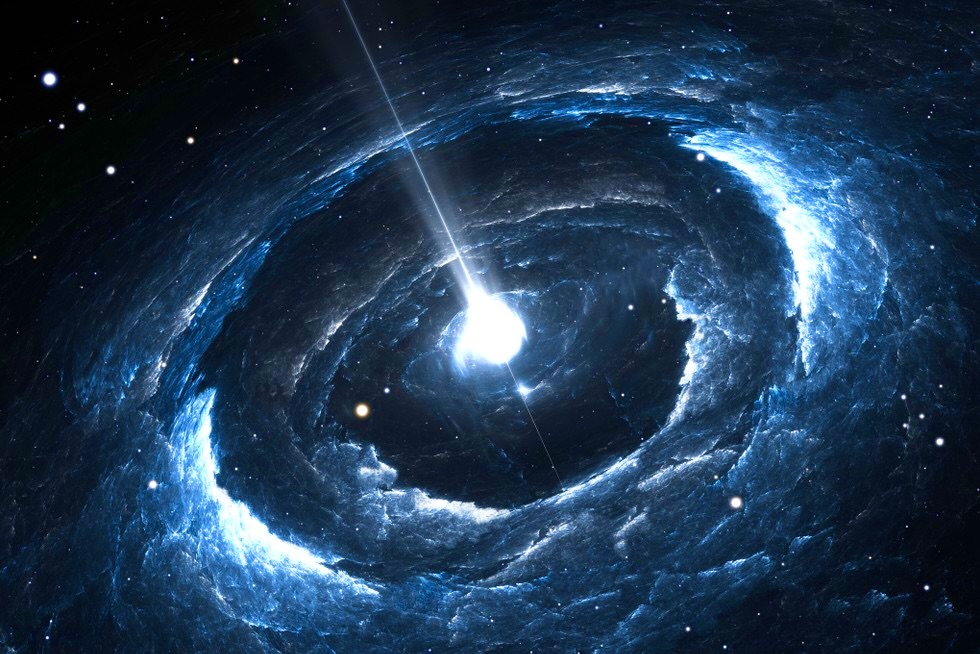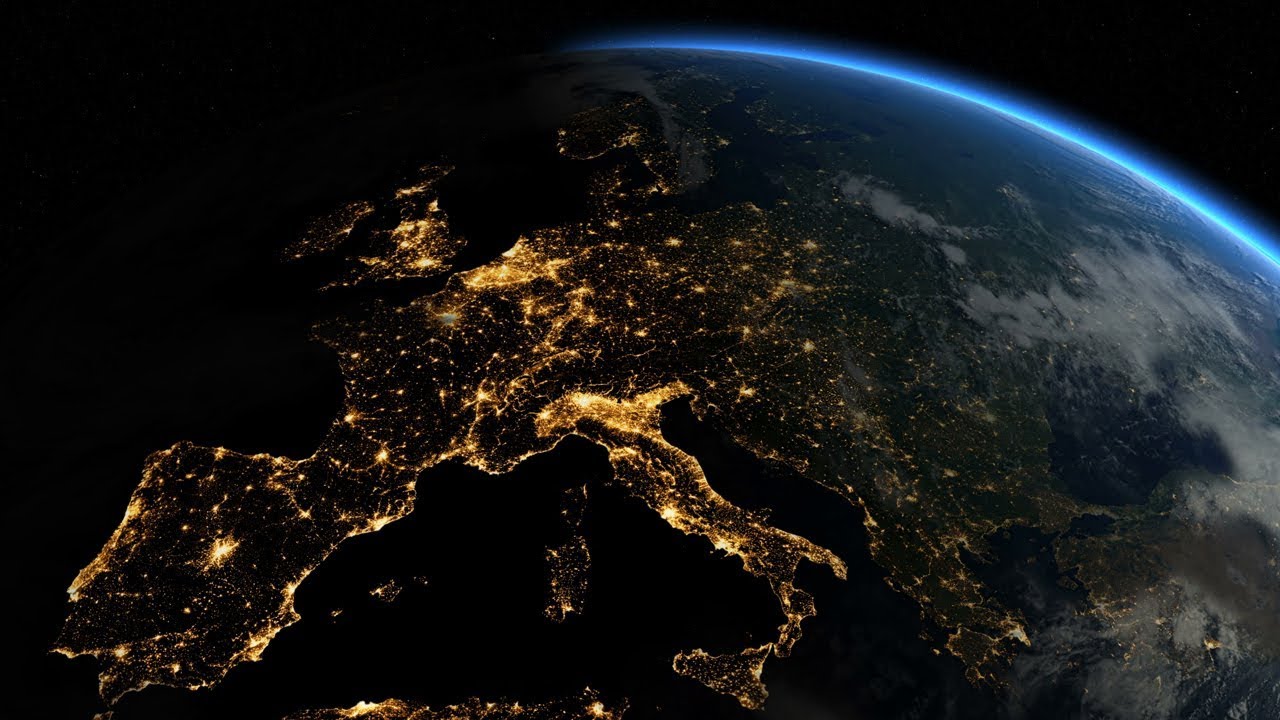By Taari Chandaria, Year 12
As stars several times heavier than our sun near the end of their lives, they become so massive that they succumb to gravity and begin to collapse under their own weight. The star’s core shrinks from the size of the earth to the size of a city, and the rest of the star implodes and “bounces” off the core to create one of the brightest astronomical phenomena in the universe: a supernova. However, the most fascinating part of such a star’s death lies in what happens to its extremely dense core. These notoriously turn into black holes, the most bizarre objects in the universe which physicists fail to understand. However, if the core is slightly less dense, it can turn into an equally fascinating object: a neutron star.
What makes neutron stars so weird is their density. A tablespoon of a neutron star would weigh the same as Mount Everest. The average neutron star has the same mass as our sun, but in an volume more than 60’000 times smaller. It is so dense that it bends passing beams of light, so you can see its front and back.
Neutron stars have a peculiar composition. Their 1 ‘000’ 000°C plasma atmosphere covers a crust of iron nuclei left over from the star’s core, with a sea of electrons flowing through their effective lattice structure. Due to the high forces of gravity, a neutron star’s crust is one of the smoothest surfaces in the universe, with gravity “flattening out” impurities. As we go deeper into the crust, the pressure from gravity becomes greater and greater. At such high pressures, physics becomes strange. At the base of the crust, the gravitational pressure becomes so great that protons become neutrons and nuclei get closer and closer together, to the point of touching, forming long cylinders(spaghetti) and sheets(lasagna) of nuclei which physicists call “nuclear pasta”. Due to its incredibly high density, it is believed that nuclear pasta is the strongest material in the universe. Under this crust lies the core. Physicists are not sure about the exact composition of this core. It is hypothesised that perhaps at this pressure the neutrons break into their constituent particles, called quarks, forming what is known as a quark-gluon plasma, the form of matter that filled the universe at the start of the Big Bang before matter as we know it was created.
However, much of neutron stars’ physics remains highly theoretical due to the fact that many of them are multiple lightyears away. Astronomers must rely on the neutron stars’ electromagnetic radiation to gather data. Certain neutron stars, called pulsars, emit beams of electromagnetic waves from opposite ends. This is because they spin at incredibly high speeds, with the fastest ones rotating at a rate of 700 times per second, nearing a quarter of the speed of light. They spin at such high speeds due to the stars they are made from spinning in the first place. Angular momentum is conserved, so the remnants from the star continue spinning long after its death. Though the intricacies of it are unclear, these beams of electromagnetic radiation, ranging from radio waves to X-rays and even gamma rays, are likely caused by the interplay between the spinning of the pulsars and their crazy magnetic fields, the strongest in the universe. For astronomers observing the sky, these pulsars come up as very rapid flickers. The beams of electromagnetic radiation are not on the same axis as the axis of rotation of the pulsars, so we observe a similar effect to that in lighthouses, which appear to flicker but in reality simply have a lamp that is rotating. Pulsars and their “flickering” give astronomers key information into the physics of neutron stars, though they are evidently limited to some extent as this is the main way in which information is extracted from them. Thus it is clear why it is so hard to understand for certain the physics of a neutron star’s composition.

Perhaps one of the most fascinating aspects of neutron stars is one that surrounds you every day. You might have been told that the atoms which make up everything around you come from the cores of stars such as our sun that have since died billions of years ago. This is true, however many elements that surround us have nuclei which are too big to have been created by stars. Instead, they come from the merging of neutron stars. Heavy nuclei from neutron stars merge together to form heavy elements such as gold, platinum and iodine. So, next time you see someone wearing gold jewellery or use iodine for an experiment in chemistry, you can be amazed at knowing that one of the most bizarre objects in the universe has through some way been brought right in front of you.
The physics of neutron stars is bizarre and mysterious, yet somehow we have the remnants of their merging all around us. Filled with incredibly strong nuclear pasta and having the strongest magnetic fields in the universe, neutron stars are another oddity that makes our universe even more exciting. Though we often think of black holes when it comes to the implosion of giant stars, I hope you have been convinced that neutron stars are equally as fascinating.




Great article! Can’t wait to eat some cosmic spaghetti with gold sauce and a drizzle of gamma rays at 700rps? I feel very small, but still very hopeful!